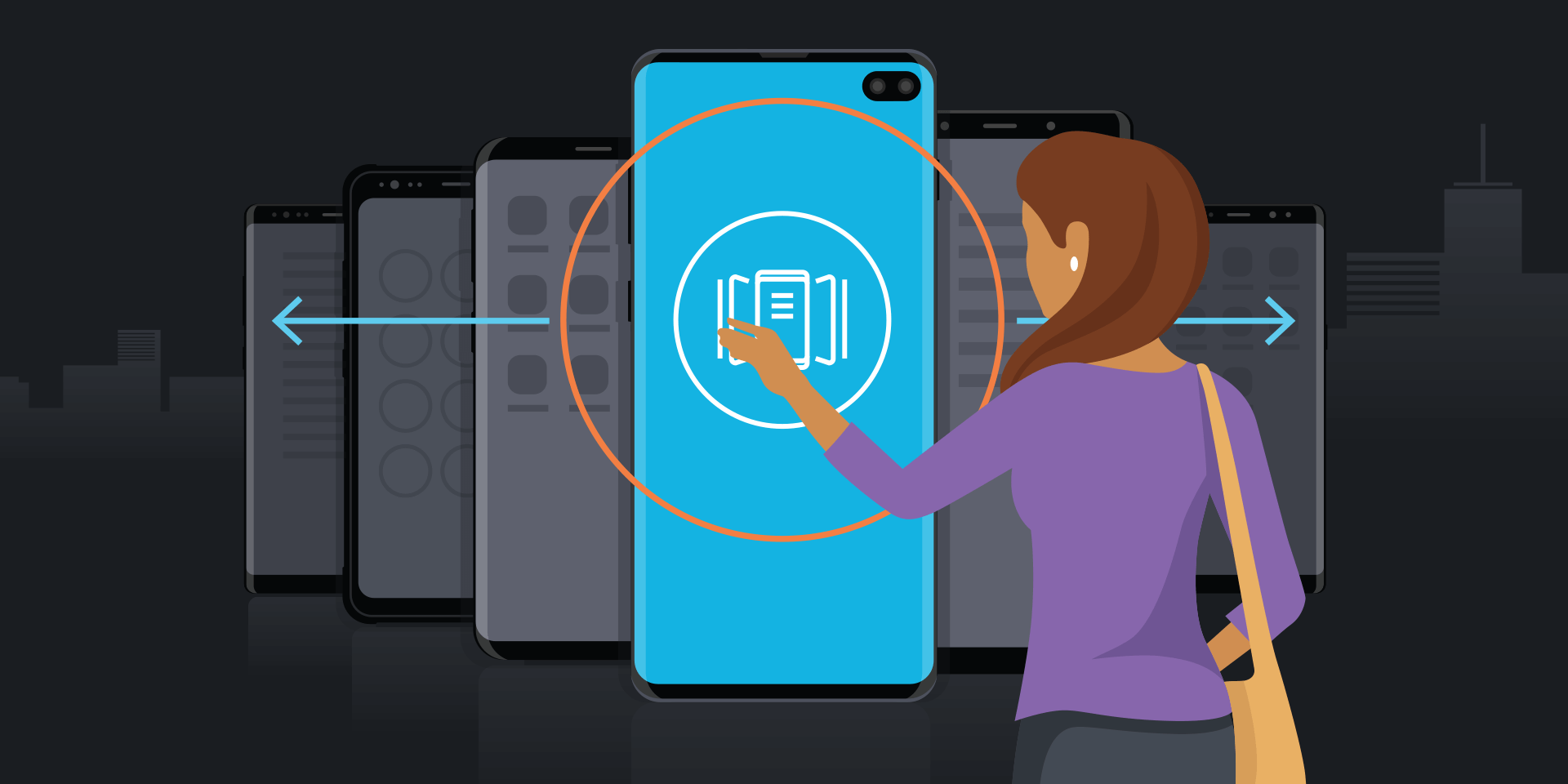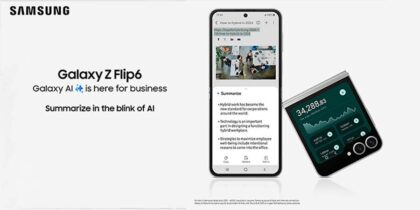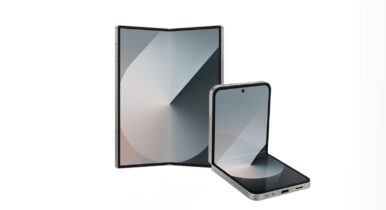For all the talk of fostering innovation within the enterprise, true breakthroughs require more than a great idea for a new product or solution to a business problem. It often requires taking a concept or even a fully developed application and figuring out how it should manifest itself on a physical device. And this, according to Maurice White, is where organizations face the risk of making a painful misstep. Which original equipment manufacturer (OEM) should you pick for your product?
“There are unprecedented challenges to developing a new product, whether the hardware requirement involves a tablet or a phone,” said White, senior manager of solution innovations at Samsung Electronics America. “You might have an amazing app, but the device is not supporting the experience you want. Maybe you need to remap the volume button so it instantly launches an app, or you want to be able to put the device in kiosk mode and disable other, off-the-shelf features.”
This increasing demand for advanced customization is one of the reasons this year’s Samsung Developer Conference (SDC), taking place in San Jose Oct. 29-30, will include a session that explores a best-in-class approach to device configuration and lifecycle management. In “Developer’s Insight: Building Your Business on Samsung With OEM,” White will discuss the power of a “purpose-built” solution over an all-purpose approach.
A Cross-Device OEM Approach
“You can explore any variety of cheap, nonbrand OEM mobile device producers to fill the gap,” White pointed out. “But can they be a valued partner in the product development space? We work in pretty much every region of the world and can deliver the infrastructure that would be required from a security and manageability perspective.”
This not only includes platforms such as Samsung Knox and tools like Knox Configure, White said, but software development kits (SDKs) that give organizations the granularity necessary for successful hardware integration. Beyond remapping buttons or features like kiosk mode, Samsung can help customers achieve a more consistent, focused user experience across both tablets and smartphones.
What's the Best Phone for Your Business?
Discover the smartphone most tailored to your business needs. Download Now
Sometimes, White said, organizations lay out the specs they’re looking for and run up against cost constraints, which leaves them scrambling for an OEM partner. In the long run, however, making the wrong decision on an OEM relationship could extend project timelines, damage the credibility of those working on or sponsoring the project, and result in a product that fails to meet expectations, he said.
“If you go with an off-brand OEM to purchase a tablet, are they going to provide your company the enterprise-grade support required after rollout?” he asked. “There are scenarios where you have soft launches that go out to a controlled population. But when product issues arise, and if the OEM doesn’t understand enterprise product development, they aren’t going to have the expertise, tools and support enterprises need at this critical stage of the product development lifecycle.”
Instead, organizations should look for OEMs that can offer support contracts to address not only breaks, fixes and replacements, but opportunities to take advantage of provisioning services to help load solutions onto a particular device.
Samsung’s Mobile Innovation Spans Sectors
Samsung’s track record in this area includes work with the likes of Nautilus, Inc., which used Samsung Galaxy tablets to help personalize the experience of using its Bowflex® products such as the Max Trainer®.
“They were able to take one of our devices, set it up in kiosk mode so it was focused on the health and fitness solution, then integrate directly with their fitness equipment,” he said. “We worked with them in both software development and a number advanced customizations.”
Other examples include HSBC, which turned to Samsung smartwatches for a workflow application to set up a “branch of the future,” where staff work with greater mobility. In verticals like trucking and logistics, meanwhile, Samsung is working with organizations to mount devices inside of vehicles and leverage Knox to power up the device when a truck engine starts and power off automatically afterwards.
“Start with Samsung early,” White recommended. “We don’t just want to be an OEM hardware provider where we provide 10,000 devices and then say goodbye. We want to help organizations understand how to extract the full value of your devices.”
Discover how a strong OEM relationship can help build a successful mobile workspace. Explore ways you can extract the most value from your mobility strategy in this free white paper.








